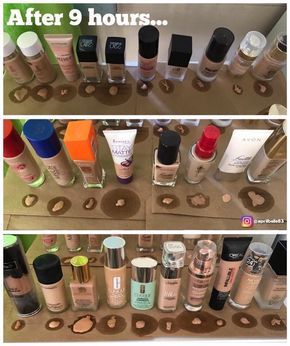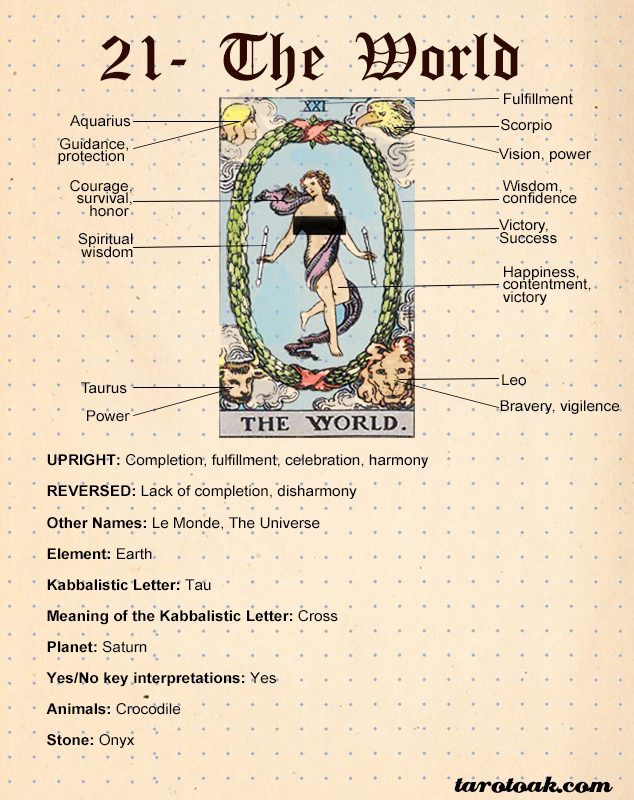
Palmistry is an ancient art that uses your hands as a map for understanding your personality. The map can reveal everything you need to know about yourself, your past, and even your personal potential. This palmistry manual teaches you how read your hand's energy using illustrations and interactive features. The book will help you to identify the different types of hands and the meaning of the lines and markings on your fingers. You'll also learn about the rings on your hands and what they mean.
The Complete Guide to Palmistry: Hands
The hand is an important part a person’s personality. It makes sense to be able to recognize its shapes and features. The four basic shapes that make up the hand are water, fire, water, or earth. Each element has its own characteristics, which reflect aspects of a person’s personality and character. These traits are evident in the lines and wrinkles of the hand.
LifePrints. Your Fingerprints are the Key to Your Life's Meaning
Your fingerprints are unique. We've been using them as a means of personal identification for a century, but did you know your fingerprints can also help you find your life's purpose? Richard Unger, author, reveals a powerful way to use your fingerprints as a compass to find meaning in your life.

We form our fingerprints five months before the birth of our children. Fingerprints are considered the most reliable method to identify oneself. Richard UNger presents a unique method for self-discovery and daily compass for meaning.
Cheiro the Palmist
Cheiro the Palmist, a well-known palmist, predicted the future right up to the hour. However, despite his fame, Cheiro was a loner and resisted human bonds. His lonely life nearly killed him. Although he did have many admirers, Cheiro was not able to write books about his techniques and methods.
Cheiro the Palmist is one of the most influential palmists of all time. He is known for his revelations about the Line of Life. He believed that all aspects of life are affected by the Line of Life. The line should be long, thin, and deep. Good health is achieved when the line is both long and deep.
Benham Book of Palmistry
The first publication of this practical guide to palmistry was in 1900. It contains over 800 illustrations from real life and a wealth of information on palmistry. The topics covered include: The basics of our work, Plan of Creation and Mount Types. Life Current. General Attributes. Pose and carry of hands.

Benham describes the various hand forms known as mounts. They are used to describe different virtues and faults. The mounts also represent a different astrological sign. Jupiter is the sign Jupiter, Saturn the sign Saturn. Venus is the sign for Venus.
Eason’s palmistry book
Cassandra Eason’s A Little Bit of Palmistry gives a good introduction in palm reading. It includes information about the meaning of the basic lines, how they are used, and what the lines mean for life and death. It's a great starting book for beginners, with 109 pages.
Palmistry is an exciting method to learn. It can be used for predicting the future, identifying challenges and opportunities, as well as determining compatibility in relationships. This method is popular because it's fun and accurate. Some books focus only on the active hand, which corresponds to the main writing side. This hand can record potentials, opportunities, and challenges for a person.
FAQ
What hobbies are popular right now?
Popularity is not always a positive thing. It can be used to justify mediocrity. The fact is that most people do not have time to pursue any hobby they want. They're too busy working to make ends met. What can you do if your time is limited? You could start a business.
This isn’t easy. You will need to overcome many obstacles before your idea can become a reality.
A hobby is a great option if you're looking to do something different than run a business.
Hobbies can be more than just creative pursuits. There are many types of hobbies. Here are some examples:
-
Gardening
-
Cooking
-
Photography
-
Reading
What are some great hobbies ideas?
Hobby Ideas that are great for people who enjoy teaching others.
Hobbies are great ways to spend time doing what you enjoy while learning something new at the same time.
There are many hobbies. But they all share similar characteristics. They are usually enjoyable activities that don't require a lot of effort and can be very economical.
These also involve helping others.
You might not think about yourself as a teacher, but chances are there's something you could do to help someone else learn.
You can make a difference in the lives of others by starting a hobby.
What are collection hobbies?
Books, movies music, comics and video games are some of the most popular collections.
You can also collect stamps, coins and cars as well as dolls, action figures, figurines, art supplies, kitchen utensils, jewelry and watches as well...
You get it?
How much does a hobby cost you?
It costs nothing to start a hobby. But it could take years to achieve what you want if you are serious about it.
But there is one thing that can help you. It's called "passion". If you have passion about something, it will make it easier for you to work hard.
And once you start putting in those hours, you may find that you become addicted to the activity. Here is the fun part! Because you're doing something you like and it keeps getting better. By the end of the year you'll have probably made a lot of progress.
Do not worry about the time it takes. Just go ahead and try. You might be surprised by what you find!
How can I get started in my new hobby?
You must decide what hobby you want before you start any new hobby.
Passion is essential once you have selected your subject.
It is important to know the reason you want to begin a hobby. This will help give you direction and provide a purpose.
Once you have determined what hobby you wish to pursue, you can plan your next steps.
Think about the equipment that will be needed.
Consider whether you are required to attend classes and seminars.
Make sure you have enough space for your hobby.
You may also consider joining a club or group. These groups often offer advice and support.
The last thing you should do is think about how much money it would cost to pursue your hobby.
Statistics
- In comparison, men in the “no humor” condition were refused 84.6% of the time and were only accepted 15.4% of the time. (time.com)
- The intensity of the dialogue partners' bond at the end of the forty-five-minute vulnerability interaction was rated as closer than the closest relationship in the lives of 30 percent of similar students. (time.com)
- Much of this decline reflects the fact that teens are less likely to work today than in the past; among employed teens, the amount of time spent working is not much different now than it was around 2005. (pewresearch.org)
- 37% Video Games 36% Travel 36% Health and Fitness (quizexpo.com)
- A new survey by Pew Research Center of teens ages 13 to 17 finds that 36% of girls feel tense or nervous about their day every day; 23% of boys say the same. (pewresearch.org)
External Links
How To
How to start gardening
Gardening has been around since the dawn of agriculture. It requires patience, persistence, and determination. The first step to starting a garden is to pick a spot where you will grow food. It could be large land, or just your backyard. Next, you will need to decide which type of plants are best for you. Do you prefer flowers over vegetables? Some people enjoy growing herbs and others prefer raising livestock like rabbits. Before you decide on the type of crops you want to plant, it is important to consider the space available. If you live in a climate that experiences cold winters, then you might decide to grow fruits or berries as they do well in colder climates.
Once you have selected the plants you wish to plant, you should prepare your soil. The soil is crucial in determining whether your plants thrive or not. The soil should be rich in organic matter to provide nutrients for your plants' roots. Organic matter includes leaves, twigs (grass clippings), manure, compost, and manure. You need nutrients to your soil after you have prepared it. You might need different amounts, depending on the species of plants that you want to grow. An online fertilizer calculator can help you calculate these values. Many fertilizers are available, so make sure you know what you are buying.
After preparing your soil and adding the proper nutrients, you now need to wait until your seeds germinate. The process takes between 2 weeks and 3 months depending upon the climate in your area. After seeds have sprouted, water them every day. Watering your plants too little or too often can cause problems. Make sure to give your plants water at regular times and not overwater. Overwatering could lead to root rot as well as fungal diseases. Remember that plants need less water in the summer than they do in the winter. Some plants must be dried out after being watered. Tomatoes, for example, need to be kept moist but not too wet. Soggy soil is not a good choice for tomatoes. After the plants have finished flowering they must go dormant. Dormancy is when plants stop producing new growth and begin storing energy for the next season's harvest. Dormancy occurs when the plant stops sending signals that tell its roots to produce food. The plant continues to store energy during this time. However, if the temperatures drop below freezing and there isn't enough sunlight, the plant will go to sleep.
Living in urban areas may restrict the types of plants you can plant. Urban areas tend to contain concrete sidewalks, roads, buildings, and parking lots that block sunlight from reaching the ground. Concrete absorbs sunlight and blocks the soil below from receiving adequate sun exposure. Because of this lack of sunlight, many plants cannot survive in cities. There are still plants that thrive in urban environments. Many perennials, trees, and shrubs are able to adapt to urban living. Many annuals can be grown indoors, too, in containers. Container gardens allow you to bring fresh greenery into your home year-round regardless of the weather outside.
You are now ready for planting!